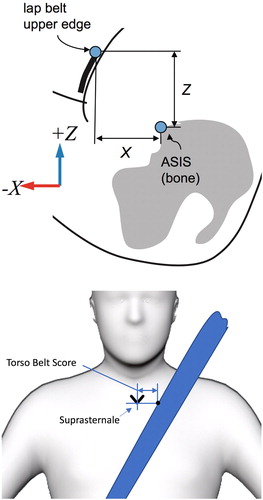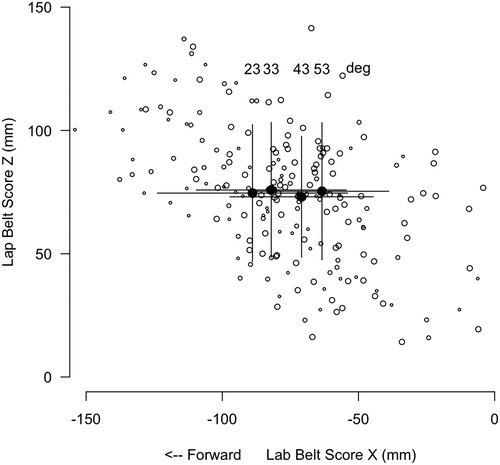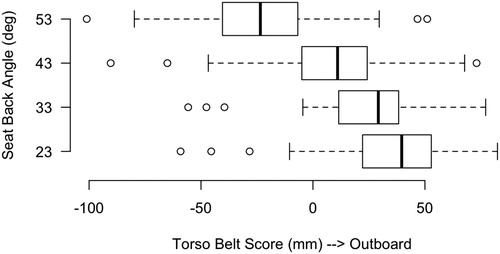Figures & data
Figure 1. Test seat with power recline showing user-adjustable headrest with the seat back angle set to the 53° condition.
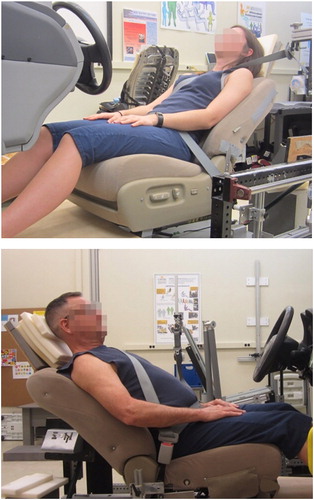
Figure 2. Landmarks, joints, and posture variables. Angles are positive as shown except for neck angle.
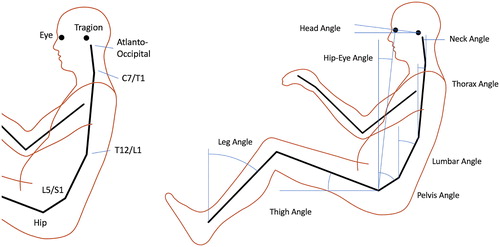
Figure 3. Dependent measures for lap belt fit. The upper/rearward edge of the lap portion of the belt is measured at the lateral position of the right and left the predicted ASIS location. The fore–aft (X) coordinate is positive rearward of the ASIS and the vertical coordinate is positive above the ASIS landmark.
